Vintage stove owners, will you share your experience?
jenjenNV
9 years ago
Related Stories
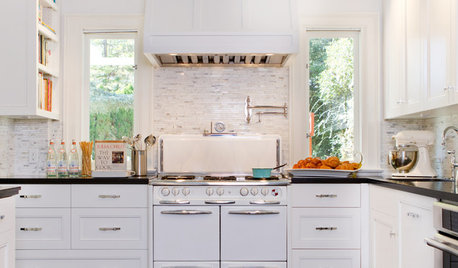
VINTAGE STYLERevel in Retro With Vintage and New Kitchen Appliances
Give your kitchen old-fashioned charm with refrigerators and stoves that recall yesteryear — even if they were made just yesterday
Full Story
LIFEThe Good House: An Experience to Remember
A home that enriches us is more than something we own. It invites meaningful experiences and connections
Full Story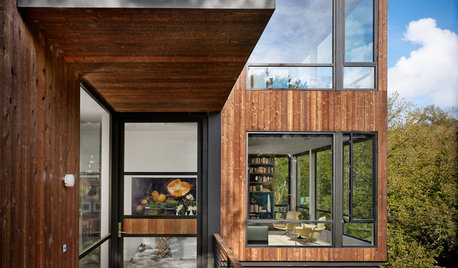
HOUZZ TOURSHouzz Tour: A Hard-to-Find Door Just Adds to the Experience
A roundabout entry allows guests to fully enjoy this modern cedar box perched over a creek in Austin, Texas
Full Story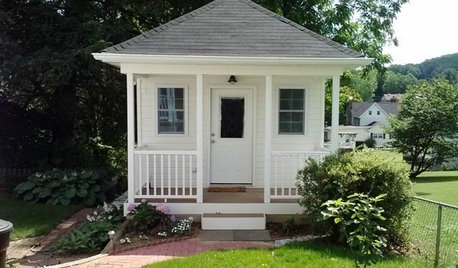
STUDIOS AND WORKSHOPSCreative Houzz Users Share Their ‘She Sheds’
Much thought, creativity and love goes into creating small places of your own
Full Story
TASTEMAKERSPro Chefs Dish on Kitchens: Michael Symon Shares His Tastes
What does an Iron Chef go for in kitchen layout, appliances and lighting? Find out here
Full Story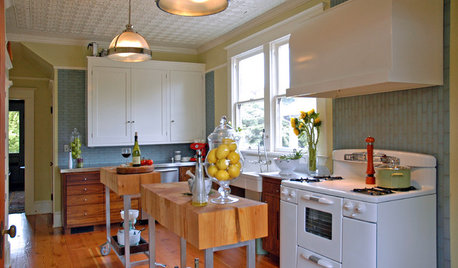
VINTAGE STYLEKitchen of the Week: Preservation Instincts Create Vintage Modern Style
Original features in this 1908 kitchen join new custom accents for a look that bridges the years
Full Story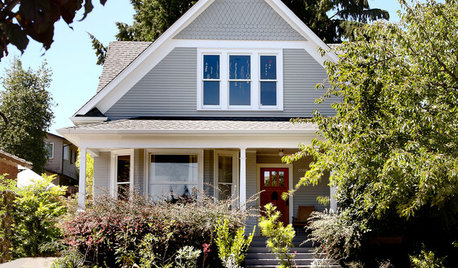
HOUZZ TOURSMy Houzz: Simplicity and Serenity in a Vintage-Modern Remodel
A thoughtful collaboration between client, designer and contractor beautifully blends period charm with modern Japanese style in Seattle
Full Story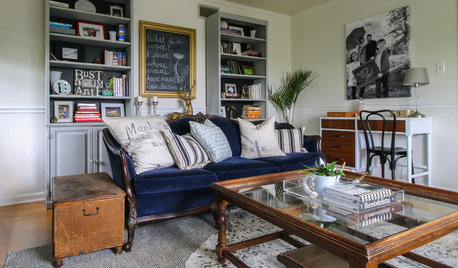
HOUZZ TOURSMy Houzz: Vintage Charm and DIY Style in Maryland
A Cape Cod-style family home overflows with hand-painted pieces and personalized style
Full Story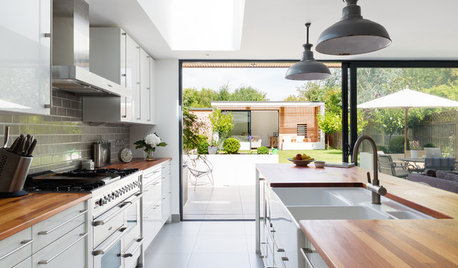
KITCHEN DESIGNA Designer Shares Her Kitchen-Remodel Wish List
As part of a whole-house renovation, she’s making her dream list of kitchen amenities. What are your must-have features?
Full Story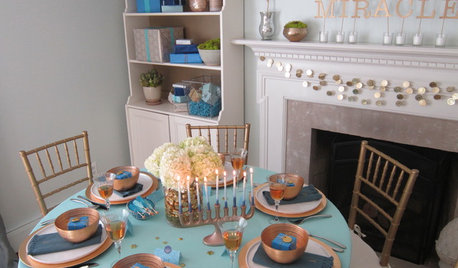
HOLIDAYSHouzz Call: Share Your Personal Holiday Traditions
What winter rituals mean the most to you and yours? Post your stories and pictures
Full StoryMore Discussions











lazy_gardens
powermuffin
Related Professionals
Albany Kitchen & Bathroom Designers · Hershey Kitchen & Bathroom Designers · Beaverton Kitchen & Bathroom Remodelers · Fair Oaks Kitchen & Bathroom Remodelers · Green Bay Kitchen & Bathroom Remodelers · Hunters Creek Kitchen & Bathroom Remodelers · Paducah Kitchen & Bathroom Remodelers · Port Orange Kitchen & Bathroom Remodelers · Schiller Park Kitchen & Bathroom Remodelers · Ridgefield Park Kitchen & Bathroom Remodelers · Corpus Christi Architects & Building Designers · Franklin Architects & Building Designers · Holtsville Architects & Building Designers · Martinsville Architects & Building Designers · Pedley Architects & Building Designerskats737
schoolhouse_gw
schoolhouse_gw
jenjenNVOriginal Author
desiree4gw